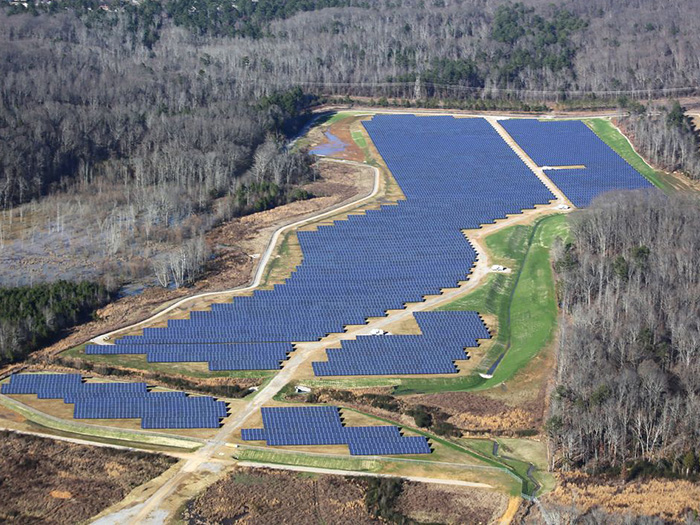The challenges and opportunities of electric mobility
The electrification of road transport brings obvious advantages, but also various difficulties. The synergy between electric vehicles and the electricity generation and distribution infrastructure can turn challenges into opportunities, to the benefit of society and the environment.
This contribution is the first step of a partnership between Volkswagen Group Italia and the University of Parma. The idea comes from the speech given by Prof. Carlo Concari at the convention “Mobilità elettrica: il futuro è oggi!” (Electric mobility: the future is now!), organised by EMS at the university, also with the presence of Stefano Sordelli, Future Mobility Manager of Volkswagen Group Italia.
Electric cars are finally here
The constant technological advances in the field of lithium-ion batteries had led to the production of electric cars which will be able to compete with internal combustion vehicles even in terms of price and range. The long-awaited, and oft-neglected, mass electrification of road transport is finally happening.
Zero-mileage energy

The process will not be painless. Electricity distribution grids, in many cases already overloaded, will have to further adapt to support the additional power which will be required to recharge our vehicles. The use of electricity generated locally from renewable sources may alleviate some of this load, while improving, at the same time, the overall environmental sustainability of this transportation. Any energy not directly used to recharge vehicles or power homes, businesses etc. can be sold to the network operator (as already happens with domestic PV installations), or else stored by dedicated batteries.
Renewable sources and instability
A new solution often creates new problems which were initially not anticipated. Renewable energy sources such as wind and solar cannot guarantee continuous production, and the grid is not able to adapt itself with sufficient speed to the variability of some renewables: according to some studies, just one sixth of electricity being generated by renewable sources can be enough to create instability in the grid, which, in the most serious cases, can lead to blackouts.
Energy reserves

A solution to stabilise the grid comes from large battery installations which are able to rapidly exchange large quantities of power with the grid – both supplying and receiving – on request. Systems of this type are already operational or under construction in various countries. It is precisely in this context that the synergy between the grid and electric vehicles will achieve its greatest potential. In a future where millions of vehicles, each with its own battery, are connected to the grid for charging, together they will be able to operate as an enormous distributed battery system. Each vehicle will be able to receive or give back small amounts of energy on request from the grid. The combined action of all the connected vehicles will be sufficient to stabilise the network, even with 100% of energy being generated by renewable sources. Vehicle owners will be able to benefit from cost discounts in exchange for providing this service.
A second life for batteries

The batteries in electric vehicles last an average of about ten years, after which their capacity declines to the point where they are no longer able to offer the range required by users. If, however, they are recovered and put back to use in grid battery storage systems, they will still offer sufficient performance to provide another ten or even twenty years of useful operation at reduced capacity. This increases their service lifetime, while reducing, at the same time, their environmental impact.
In conclusion, the electrification of road traffic, if performed to the full extent of its potential, is able to effectively meet some of the most pressing problems of modern society, promoting efficient use of energy, reductions in polluting emissions and improvements of air quality in the most densely populated areas.
By Prof. Carlo Concari
